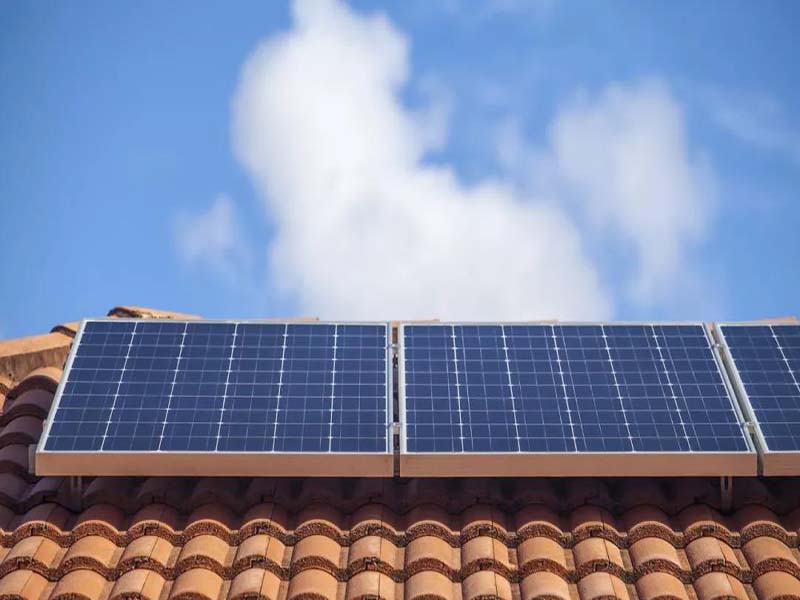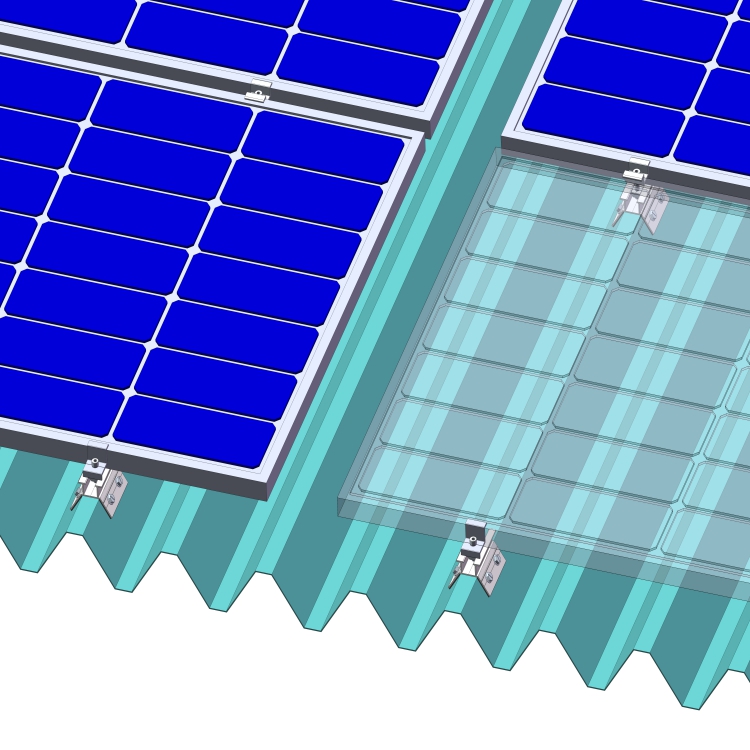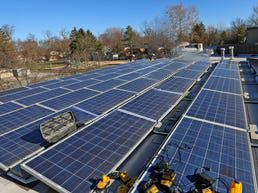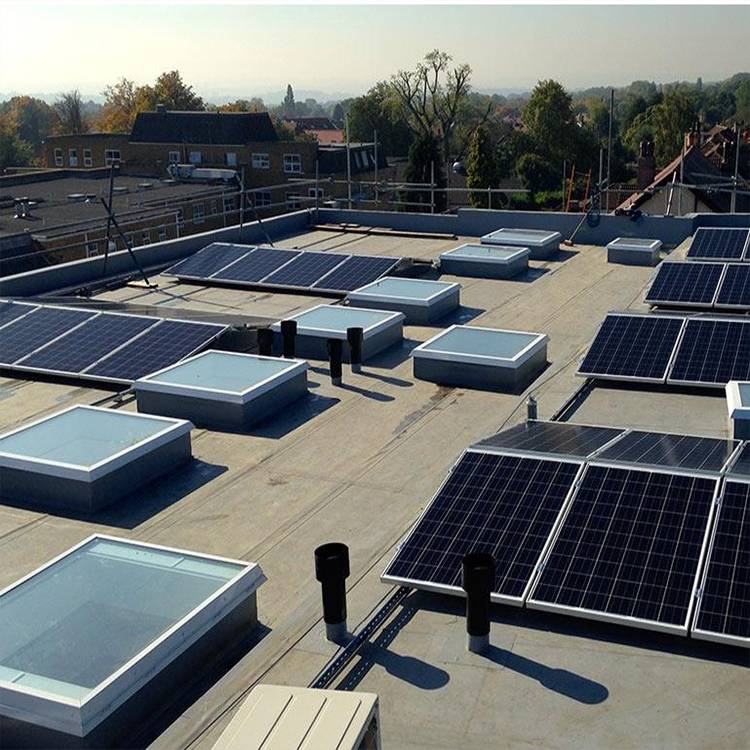
What are the different types of roof mounted solar racking systems?
The roof is usually the most practical place to place solar panels. They get a lot of direct sunlight, there's usually nothing to block them, and they're sturdy. When the panels are connected, huge bolts hold them in place. This creates a roof mount of solar panels. Let's take a look at what types of solar roof mounting systems are available.
Solar roof mounting systems can be divided into two categories: flat roof mounting systems and pitched roof mounting systems.
Pitched roof racking system
Pitched roof mounting systems are generally suitable for residential solar installations. There are many mounting system options for these angled roofs, the most common being railed and railless. All of these systems, whether attached to the rafters or directly to the deck, require some type of penetration or anchoring to the roof, commonly using roof clamps or roof hooks.
Standard residential rooftop solar systems use rails attached to the roof to support the solar panels. Each panel is usually placed horizontally or vertically, attached to two rails with roof clamps or roof hooks. The rails are bolted to the roof and flashing is installed around/over the holes for a watertight seal.

The railless roof solar mounting system is hardware that attaches directly to the bolts/screws that go into the roof. The frame of the module is essentially considered the rail. Trackless system components have few components to speed up installation time. Panels are not limited by rigid rail orientation and can be positioned in any orientation using a railless system.

Commercial and industrial solar applications are often found on large flat roofs, such as large stores or manufacturing plants. These roofs may still have a slight slope, but not as much as a sloped residential roof. Solar installation systems for flat roofs typically employ a concrete ballast system.
Because they are located on large, flat surfaces, flat roof mounting systems can be installed relatively easily and benefit from pre-assembly. Most ballast mounting systems for flat roofs use a "foot" as the base component - a basket or tray-like piece of hardware with a sloping design that sits on top of the roof, holds the ballast block at the bottom, the panel at the top and the bottom edge. The panels are tilted at the optimum angle to capture the most sunlight, usually between 5 and 15°. The amount of ballast required depends on the load limit of the roof. Some penetration may be required when the roof cannot support a lot of extra weight.

On large flat roofs, the panels are best placed facing south, but if not, solar energy can still be generated in an east-west configuration. An east-west system installs just like a south-facing ballast roof bracket, except the system is rotated 90° and the panels are butted against each other, giving the system a double tilt. More modules are installed on the roof because the spacing between the rows is smaller. Such a system is called an east-west dual tilt solar ballast system.

Flat roof installation systems come in a variety of compositions, as well as precast concrete installation systems.
Previous :
What are thin film solar panels?Next :
How to choose the best solar panel for you?Categories
New Blog
© Copyright: 2025 Xiamen Wintop New Energy Tech Co., Ltd.. All Rights Reserved.

IPv6 network supported
Friendly Links:
Integrated Solar System